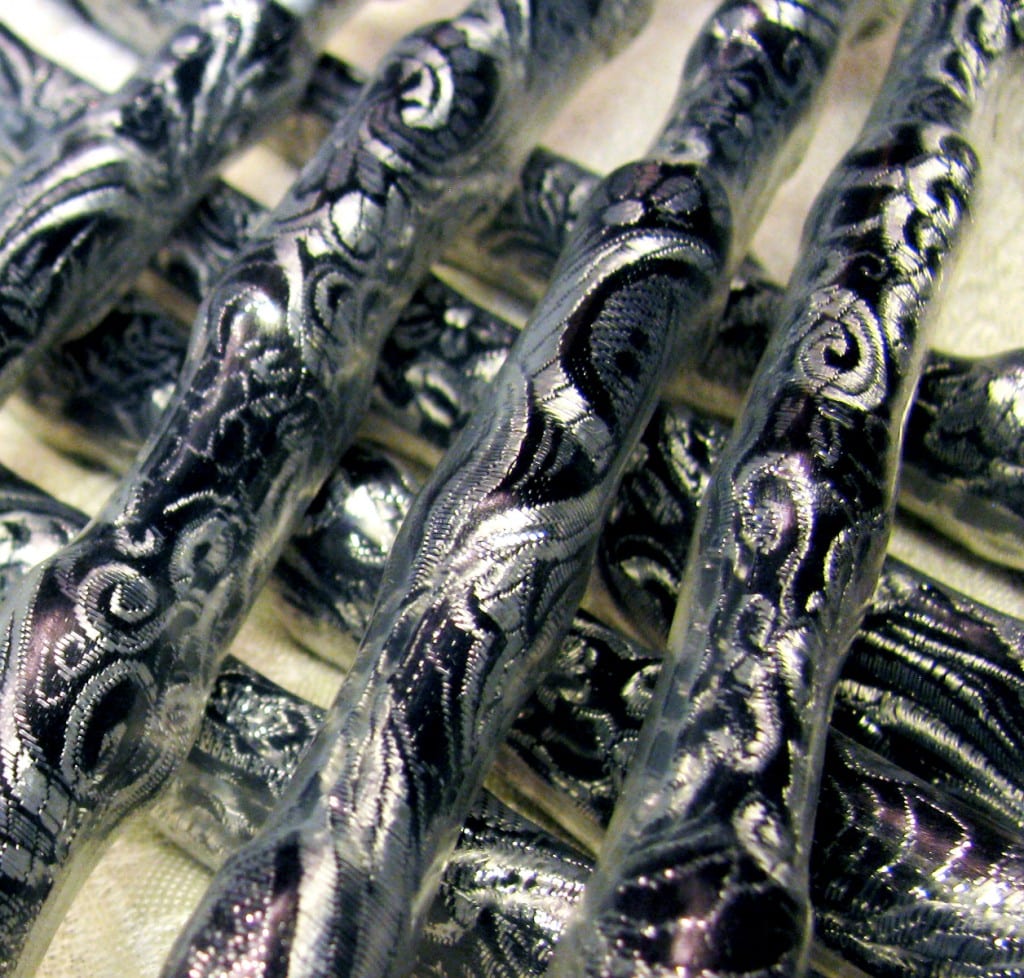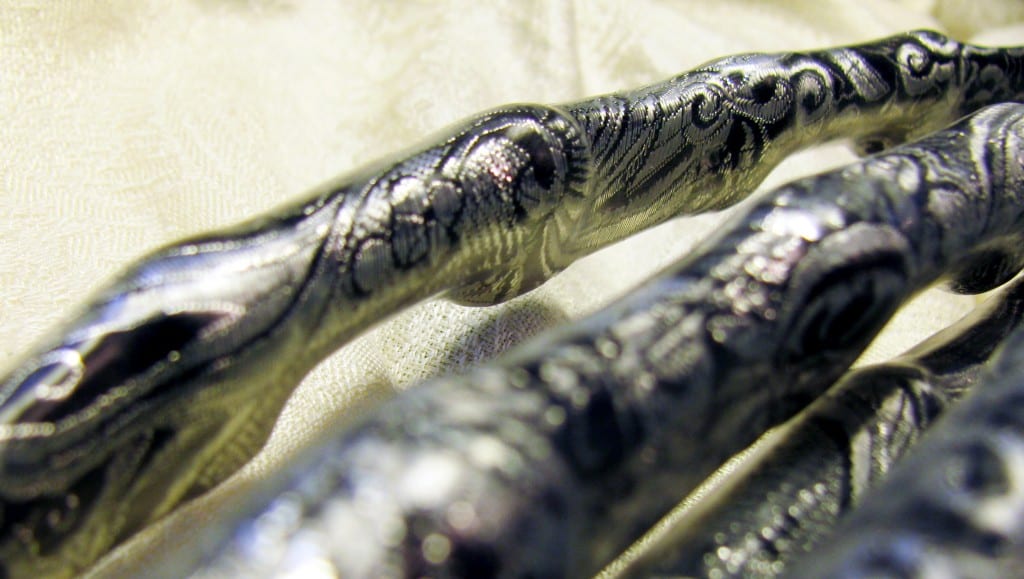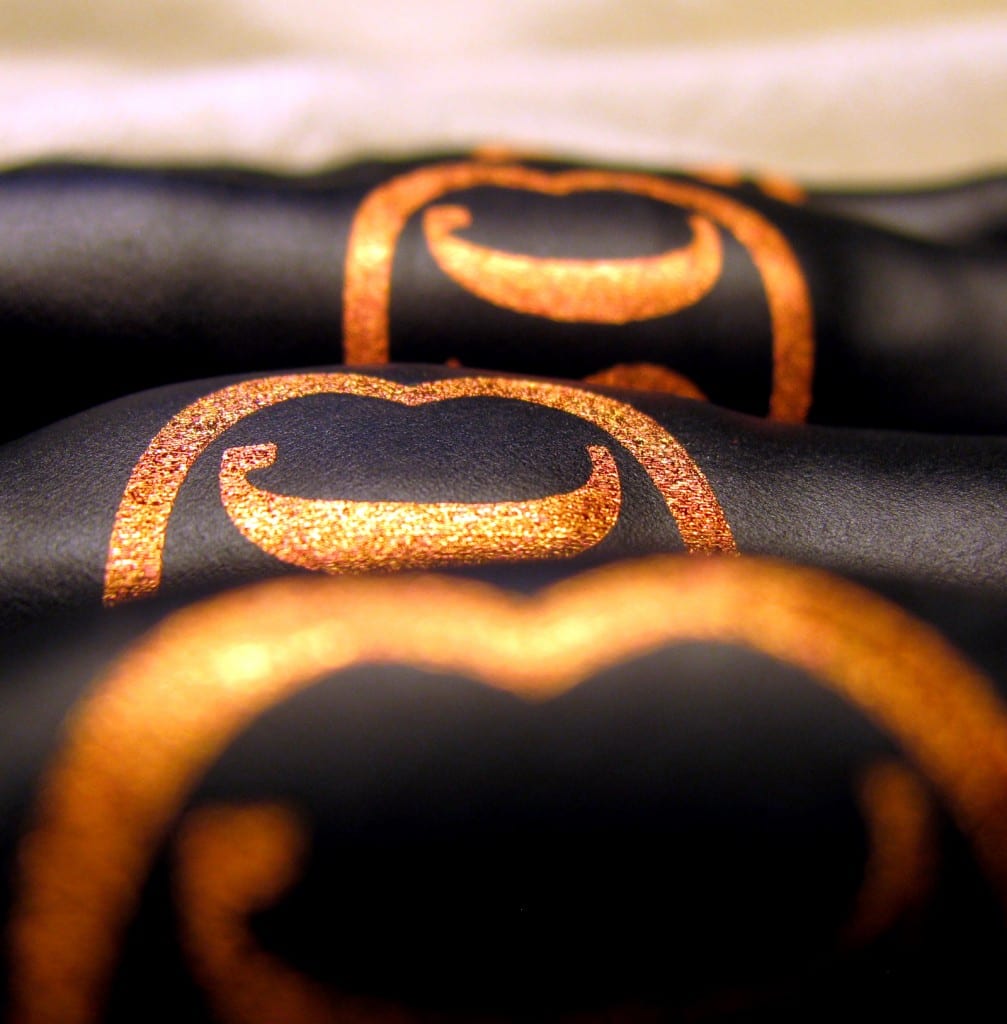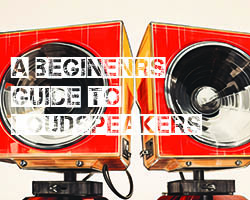When asked to review these cables, I pointed out to Stu that I have always been a bit of a sceptic about audio cables  and have always been disinclined to shell out very much on them, to the extent that I often make my own out of nothing more exotic than recording studio wiring and a bit of rudimentary soldering. So being asked to review a £20,000 pair of speaker cables could be interesting. Review them anyway, Stu said.
and have always been disinclined to shell out very much on them, to the extent that I often make my own out of nothing more exotic than recording studio wiring and a bit of rudimentary soldering. So being asked to review a £20,000 pair of speaker cables could be interesting. Review them anyway, Stu said.
(I specifically asked Peter to do this review knowing his healthy scepticism of cables making huge differences – Stu)
At the outset, let me say that I am happy enough to accept that purer conductors and better engineering can lead to better signals than rough kit and sloppy practice will. And, obviously, different materials may have different sonic characters. I can also buy arguments about better euphony from certain materials but I struggle much beyond that to get excited by the whole subjectivist/objectivist cable debate. I simply do not believe that which can’t be measured does not by definition exist. So, I approached the task with an open mind but we are not going down the double blind testing route etc – this is, as usual in HiFi Pig, a simple subjective review.
Shortly after my exchange with Stu, I duly received from Norway a pair of Skogrand SC Beethoven cables in a rather snazzy protective case. I guess it emphasises the care taken in ensuring that these handmade cables arrive exactly as they are supposed to. On inspection, the design of the outer jacket of the cable appeared to be a snake or alligator skin (it’s not) with beautifully finished heatshrink and gold spade terminations at either end. They certainly look the part in a slightly Rod Stewart sort of way. But there is no doubting the craftsmanship put into these.

The cables were very thick and felt solid and rather stiff, but they were also reasonably pliable and I had no problem to speak of in hooking them up to my spare amplifier and speakers for burn-in (although the spade lugs were not quite widely separated enough for my Sonus Faber binding posts but I found a workaround).
Knut Skogrand recommends about one hundred and twenty hours of settling-in before they are ready for full fat listening, though stresses a burn-in machine should never be used. These cables were brand new and had not been “burnt in” by someone else, so I was in for the long haul. They sounded OK from the off but after about a week of continuous musical input, they seemed to have loosened up somewhat and were sounding rather as I imagined they should. A week later, they were sounding even better. A week after that, and I think they were suitably settled.
Once these cables had been burnt in in my system, the sound they delivered appeared to me, rather than adding anything, simply to be revealing better the true nature of the material, the source and the amplifier. There seemed to be less hash and fewer artefacts in the background.
I hooked them up to the McIntosh MA5200 I was reviewing at that point and to several pairs of speakers in turn. I also gave them a run on a couple of modern Naim amps and on my old Audiovalve Assistent. Each of these amplifiers I know well, including their limitations. In summary, I doubt that Skogrand SC Beethoven can improve what comes out of a bad amplifier or speakers. Indeed it is more likely to show them up. It is also likely to show up poor recordings. Rather tiresomely, the improved clarity goes as far as reproducing a bit of sound bleed across grooves on a couple of LPs which I had never heard before.
The baby McIntosh has many virtues but the Skogrand highlighted more than other cables the tendency to extreme treble and bass roll off that this amp shows, although it is highly unlikely that one would pair a £20,000 pair of cables with a £5000 amplifier, and if one did all other £5000 amps would likely come off just as badly.
The Audiovalve amp seemed to benefit most from the cables, where all the valve goodness shone through especially in the midrange. The cable also seemed to allow more bass through than I had heard before with this amp. Another give-away with the Skogrand was that I could go louder than usual on my Naim amps without them setting my teeth on edge.
What I got from these cables was a sense that more of the source material was getting through in better order – there was removal of congestion. Swapping between my Electrofluidics or NACA5 cables and the Skogrands, I could hear a more open and clear sound, with transients rather better defined, too. I was also getting more detail, more harmonic texture and tonal colour. There was also less grain. But, of course, neither other pair cost even a tenth of the Skogrands (although those who argue the cables make no difference can’t really argue that that matters…).
My hunch seemed supported by the use of the Spendor BC 1s – these BBC-designed monitors from the seventies have a fabulous mid-range but the bass is a bit loose for modern tastes. Listening to a variety of music through the Skogrands, including cymbals and brushes courtesy of Dave Brubeck, confirmed that the speakers’ reputation for an absence of sibilance, good imaging and a realistic soundstage is well deserved. They were well matched, too, with the McIntosh. The Skogrands let it all through and highlighted the slightly woolly bass. The same material through the Bastanis had the bass fully present. Equally, any programme put through the Sonus Faber added no colouration that I could discern beyond that already inherent in the voicing of these speakers.
CONCLUSION
In my opinion, the Skogrand SC Beethoven cables excel at allowing a good system to reproduce music in what appears to be an authentic sonic manner – it comes as close as I’ve heard to the old Shredded Wheat slogan – nothing added and nothing taken away.
Whether they are worth spending £20,000 on is another matter. I don’t have that kind of money so the question is entirely academic for me. But I would certainly be tempted keep these cables if Skogrand forgot to ask for them back! If you have the money you should give them a listen.
Build quality: 9.0/10
Sound Quality: 9.0/10 – I don’t think I’ve ever heard better.
Value for money – 7.4 (with the caveat that the cost of the cable should be proportionate to the cost of the system it is deployed in. There is no point spending this much on sub-optimal products…but we are in real “should I buy these or my seventh Harley instead?” territory here.)
Overall: 8.47
Peter Stanton-Ife






















































































































































































































You must be logged in to leave a reply.